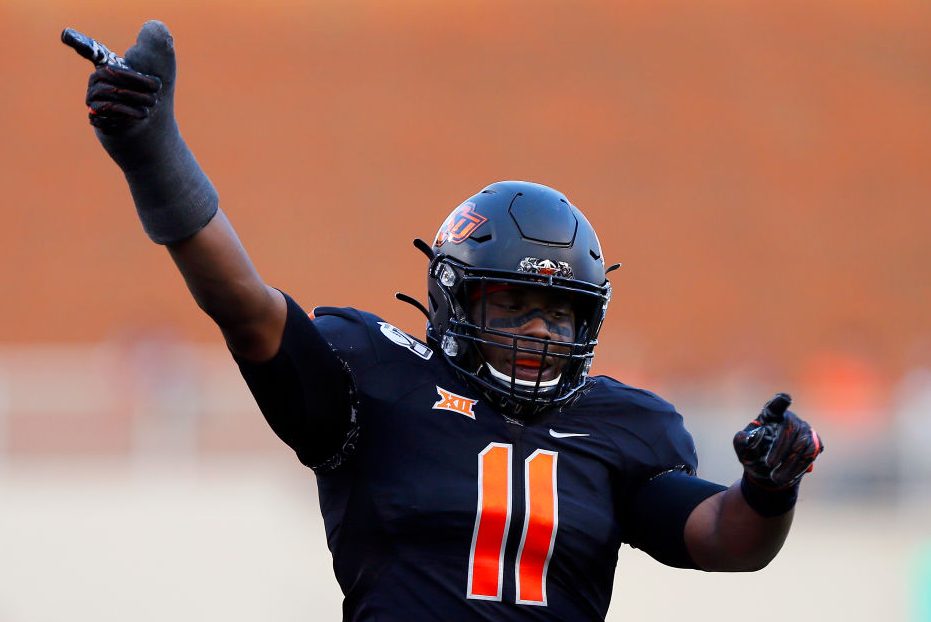The clip above is from an amazing show you may have heard of called Mad Men. One of the show's main themes is identity; who we really are, who we present to be, and the many versions of ourselves that reside in the gap between the two. In the scene, the older man shares some wisdom about determining the identity of other people: "When you hit 40 you realize that you've met or seen every kind of person there is..." I'm 39 years old so I can almost officially confirm that you do, over time, meet all different kinds of people, and no matter how many identities they employ you begin to notice some familiar patterns.
I realize it sounds an awful lot like labeling people, which can be dangerous. Everyone really is unique so you want to be careful when you categorize or label someone. Mislabeling a person can lead to long-lasting negative and even dangerous outcomes. But there is a reason we do it so instinctively. Our more primitive ancestors would instinctively categorize or label things as "safe" or "unsafe" to stay alive. We still do that today, but we also use this evolutionary skill to quickly assess new situations to get comfortable enough to learn more and go beyond the label. In his book "Blink" Malcolm Gladwell refers to this as thin slicing.
That brings us to a recurring feature for this blog which will be "Athletes - They're just like us!" The thing is Bert Cooper is right! There are a lot of recurring patterns in the behaviors of people who may appear to be very different. One of the strangest things to realize as an adult is that athletes represent all kinds of people in ways you may not expect. It's easy to label all professional athlete's as jocks. This isn't incorrect. They all live in a jock culture, they all grew up playing sports or at least had relative experiences with sports before becoming professionals. But what happens when everyone is a jock? What happens when your jockness no longer makes you stand out?
What happens is other aspects of your identity start to stand out in different ways within the culture. This is when you find out who, among the jocks, is a dork. Who among them is an artist? Who among them is a nerd? Who among them is kind, or gentle, or aggressive, or mean. Just like any other group of people, jocks have layers and layers of interests, preferences, and personalities.
So in a series of posts titled "Athletes: They're Just Like Us" I'm going to explore some of America's most famous professional athletes and talk about who they are beneath the identity that makes them famous, beginning with a soon to be published post about Lebron James.




